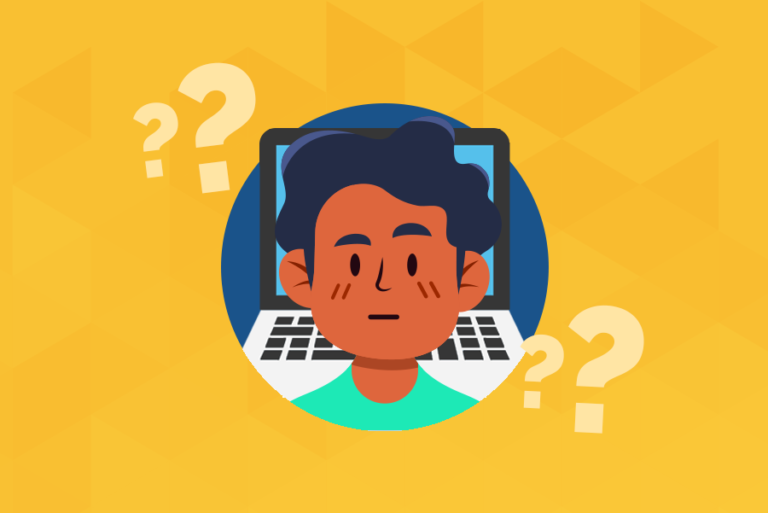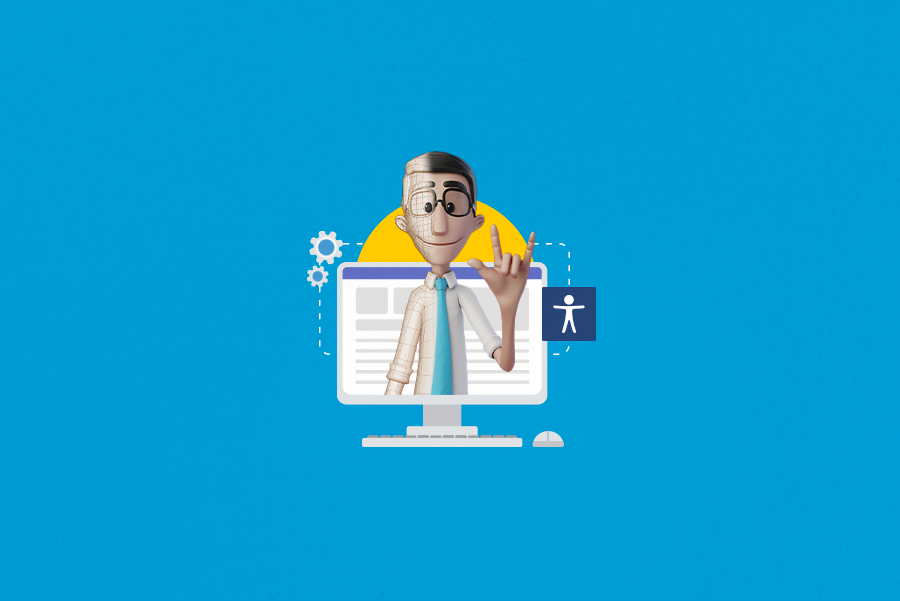
Deaf people in the digital world: learn their main challenges and how to overcome them

If you have been following us here on the blog for some time, you already know that less than 2% of websites in the United States are currently accessible for people with disabilities. So we can agree that the digital world is not a very welcoming space for them, right?
The user experience (UX) is quite compromised in this environment, mainly due to the lack of accessibility.
For people who are part of the deaf community, it is no different. Despite often being considered an invisible disability, deafness also faces very noticeable barriers on the websites and in the rest of the digital world.
So we decided to group the main challenges of a deaf person on this matter, according to who is in the community itself. Shall we check?
The digital world and its challenges
The great barrier for deaf people in the digital world is communication. We can observe this in different contexts, where there are no accessible communication options, or where companies are not flexible in trying to adapt to the reality of the deaf community.
Unfortunately, this takes away the autonomy and independence of the deaf people. They often need to depend on someone who can listen to perform basic tasks, such as solving a problem at the bank, or even to take advantage of her moments of rest, when they want to watch a movie that is not accessible, for example.
Audiovisual contents are a problem to understand, because they are rarely accompanied by subtitles or windows with American Sign Language (ASL) interpreters. This is even the challenge most reported by deaf people. Whether they are videos that are on social networks, on television or on streaming platforms.
As the deaf community is very diverse, within it there are people who only communicate through ASL, and others who know English. Anyway, even those who understand English are usually not fluent. This makes it quite difficult to understand texts from very specific areas, filled with technical terms. Most of the time, this happens with content about politics, law, medicine, and so on. Just think about how much super important information becomes unreachable for these people.
Lastly, the lack of accessibility to online services also presents a major challenge. Many companies do not offer text messaging or video conferencing with interpreters, only voice calls. Communicating with them then becomes an impossible task to be accomplished by a deaf person alone. In the end, these people end up having to try to solve their problems personally, in the hope that they will be able to communicate better face-to-face with the company – which also does not always work out.
Let’s make the world less challenging?
These are just some of the main challenges faced by deaf people on a daily basis. On the bright side, companies are increasingly taking action to make the web more accessible, especially by implementing some accessibility features, such as these:
- Inclusion of subtitles and windows with ASL interpreters in audiovisual content;
- Sign Language Translators for websites;
- Democratization of Sign Language teaching through apps;
- Hiring deaf people for their teams, who promote diversity within the business, and raise accessibility in all spaces;
- Maybe you still don’t know all the benefits that digital accessibility can bring, but we’re here to help you on this journey!
Learn more about the Hand Talk App, our automatic pocket translator for Sign Language. And also about the Hand Talk Plugin that will be soon available in American Sign Language, on our website! 😉
